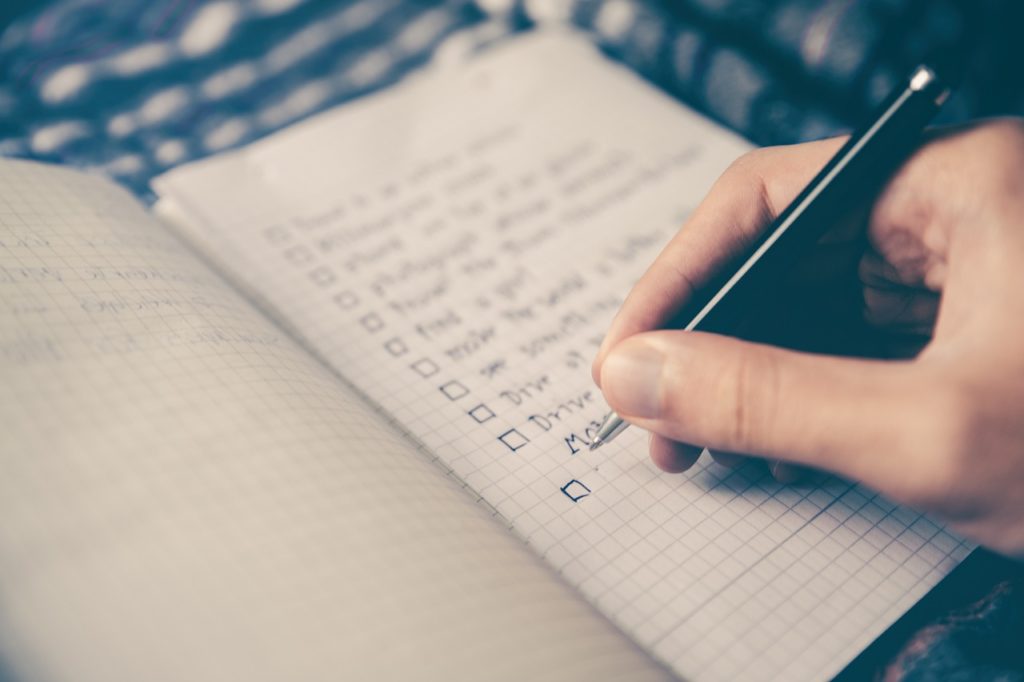Like shopping for anything expensive, shopping for a home requires research and a game plan. When you have a list of steps to take, the process will be far less perplexing and far more enjoyable. You’ll also be more successful if you have a strategy, so let’s take a look at some of the initial steps to take to get you into that new home. Check them off as you complete them.
Get ready to buy a home – check your finances
No, working on your finances won’t be the most exciting part of the process, but it just may end up being the most rewarding. Just as you wouldn’t go car shopping without knowing exactly how much you can afford to spend, neither should you step foot in even one home for sale without understanding where you stand financially.
If you’re a new college grad and this is your first year in the workforce, check out this article on Transitioning from College to a Career.
A good place to start is with your credit score. If you haven’t checked it in a while, order your credit reports. By law, you are entitled to one free credit report (from each of the three reporting agencies) every 12 months. The only company that is authorized by the Federal Trade Commission to supply consumers with these free reports is annualcreditreport.com.
Go through the reports and dispute any errors you find. Fixing even one error may significantly impact your credit rating.
Then, go over your budget (if you don’t have one, create one using the template here). Tally up all of your debts and figure out how much money you have coming in every month.
Finally, determine where you can make cuts or how you can bring in more money to set aside for your down payment and closing costs. Your down payment requirement will depend on which loan program you use and closing costs, although variable, typically run between 2 and 7 percent of the loan amount, according to the National Association of Realtors.

Shop for a mortgage
Meeting with a lender is the next important step in the game plan. Based on the outcome of your first meeting with a loan officer, you can request a preapproval letter, which puts you in a strong negotiating position with home sellers.
Lenders want stacks of paperwork, all proving that you can afford a home. Plan on supplying your lender with at least the following:
- Tax returns, including Schedule C if you are self-employed
- Pay stubs,
- W2s,
- Bank statements (all pages, including the blank ones)
- Identification, including your Social Security card and driver’s license
The self-employed and those pursuing jumbo loans may be asked for additional documentation.
Make a list of must-haves in your new home
Now that you know how much you can spend on a home, it’s time to make a shopping list, which can include items such as:
- Location – proximity to public transportation, schools, shopping, or whatever is important to you.
- Neighborhood must-haves – community pool, security gate, guard, trails, clubhouse, etc. Do you want friendly neighbors or those that keep to themselves? A neighborhood with or without kids?
- Architectural style – if you have a particular style in mind, such as a colonial or Victorian, list that, as well as the number of bedrooms and bathrooms you need.
- Interior Features – If there is anything you absolutely must have, such as a formal dining room or a chef’s kitchen, make note of it.
- Exterior – Do you need a large lot or just a small yard? Is a carport sufficient or do you require a garage? Don’t forget to list the pool, spa, fencing, and any other exterior features you want in your new home.
Finally, organize the list, placing the three most important items at the top. These are your priorities, and you should share them with your real estate agent.
Tip: To determine your priorities, think about what you find intolerable about your current living situation. For instance, if barking dogs drive you crazy, vow to find a quiet neighborhood. If you’re sick and tired of mowing the lawn when you’d rather be relaxing, seek a home with low-maintenance landscaping.
Find a real estate agent
Since you’re now ready to look at homes, you’ll need a real estate agent’s help from here on. Remember, the services of a buyer’s agent won’t cost you anything – the seller pays all real estate commissions, so there really is no reason not to have your own representation, and many, many reasons you should.
While all of the steps in the above checklist are important and should be taken in the order listed, securing the services of a professional real estate agent to help in the purchase of a home is critical. Having a pro represent your interests, negotiate on your behalf and walk you through all the piles of paperwork — at no cost to you – will give you peace of mind during the process.

